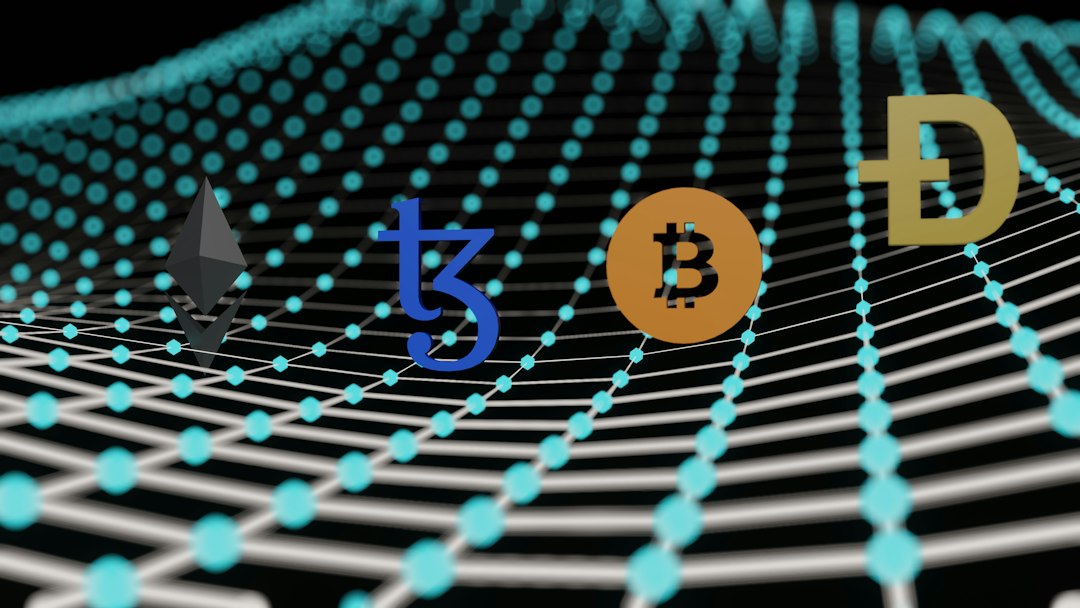Understanding the Journey of Telegram’s Crypto Network 🌐
This article outlines the development of Telegram’s cryptocurrency network, which has evolved into the TON blockchain. It explores the project’s technical attributes and the dynamics that propelled its success in the Web3 landscape.
Telegram’s Initial Attempt at Cryptocurrency in 2017 🚀
Telegram’s interaction with the cryptocurrency realm began in 2017 when the platform’s founders sought blockchain solutions. At that juncture, no cryptocurrency network could accommodate the enormous user traffic, which spanned billions.
Pavel and Nikolai Durov, the visionary siblings behind Telegram, committed to creating their own crypto project after a year of exploration. By 2018, they unveiled the “Telegram Open Network” and its associated GRAM token, soon renamed TON.
The token was initially launched via an initial coin offering (ICO), meant to serve as a funding avenue for Telegram. The funds raised were intended primarily for enhancing server capacity, improving services for the crypto community, and covering operational costs such as equipment purchases and user verification.
However, two years later, the Durov brothers faced legal challenges, having to retreat from the project due to an injunction from the Securities and Exchange Commission (SEC). The SEC identified the Durovs’ actions as a public offering of an unregistered security, resulting in an $18.5 million fine.
Ultimately, the project was almost entirely abandoned, with the Durovs obligated to refund approximately $1.7 billion to ICO investors.
The Launch of the Open Source Version of TON 🌱
Despite the initial setback, Telegram’s ambitions for a blockchain endured. The social media platform advanced its efforts from 2018 to 2020, evolving the Open Network while marking significant developmental milestones.
Prior to the SEC sanctions, the project saw several enhancements, including the release of a lightweight blockchain client and a complete source code available on GitHub, along with the initiation of a testnet.
Recognizing the need for decentralization, the founders made the strategic decision to share all code publicly, akin to Tesla’s previous initiatives with electric car patents.
Thus, the TON blockchain emerged, retaining its original name while shedding the corporate control previously held by Telegram. The GRAM token was reborn as TON (Toncoin), evolving into a community-driven asset.
This transition signified a significant shift from a centralized corporate project to a decentralized community initiative, enabling Telegram to flourish independently in the cryptocurrency ecosystem.
Technological Highlights of the Crypto Network 📈
Marked by its launch in 2020, Telegram’s crypto network introduced several innovative technical features. Its architecture includes a dynamic sharding mechanism, which enhances transaction processing capability and scalability.
Developers also implemented an instant routing system, promoting rapid information exchange across the network, thereby minimizing latency and boosting user satisfaction.
The TON network features a distinctive Byzantine Fault Tolerant consensus method called “Catchain Consensus“, ensuring reliability during distributed consensus and promoting ethical node behavior. Additionally, the consensus relies on a Proof of Stake model, playing a vital role in network integrity.
The TON blockchain supports its own virtual machine, known as the TON Virtual Machine (TVM), enabling the execution of smart contracts and creating a framework for decentralized applications (dApps).
One of the standout aspects is its seamless integration with the Telegram messaging platform. The network was crafted to complement the app’s infrastructure, making it adaptable for high-performance demands.
TON serves as both the gas token for network operations and the currency for transactions. Users can easily send and receive Toncoin within the Telegram app, utilizing a streamlined and user-friendly process. Additionally, Toncoin can be used for staking, tipping creators, and utilizing bot features such as Telegram Stars.
The Rapid Expansion of Telegram’s Crypto Ecosystem in 2024 📊
While the Telegram crypto network officially launched in 2020, it has only gained significant traction this year, achieving widespread adoption. Following strategic marketing efforts, the foundation successfully grew its user base, now ranking as the 20th largest chain by total value locked (TVL).
In February of this year, Telegram initiated a groundbreaking initiative to share 50% of its advertising revenue with channel operators via payments in TON, enhancing the utility of the cryptocurrency within the community.
Subsequently, in March, the team disclosed rewards amounting to 30 million TON, with a total value of $115 million directed at community initiatives. By April, the integration of the stablecoin USDT into the network opened more avenues for user engagement.
The real highlight emerged with the launch of play-to-earn games on Telegram, such as Notcoin and Hamster Kombat, which captivated users by allowing them to earn rewards without initial investment.
These popular titles generated enormous engagement, possibly attracting hundreds of millions of players to the blockchain space.
This surge in activity marks a significant achievement in user engagement, as no other blockchain had previously managed such extensive traffic. Today, the TON blockchain stands out as one of the most promising contenders in the crypto industry, with the potential for mainstream adoption.





 By
By
 By
By

 By
By

 By
By